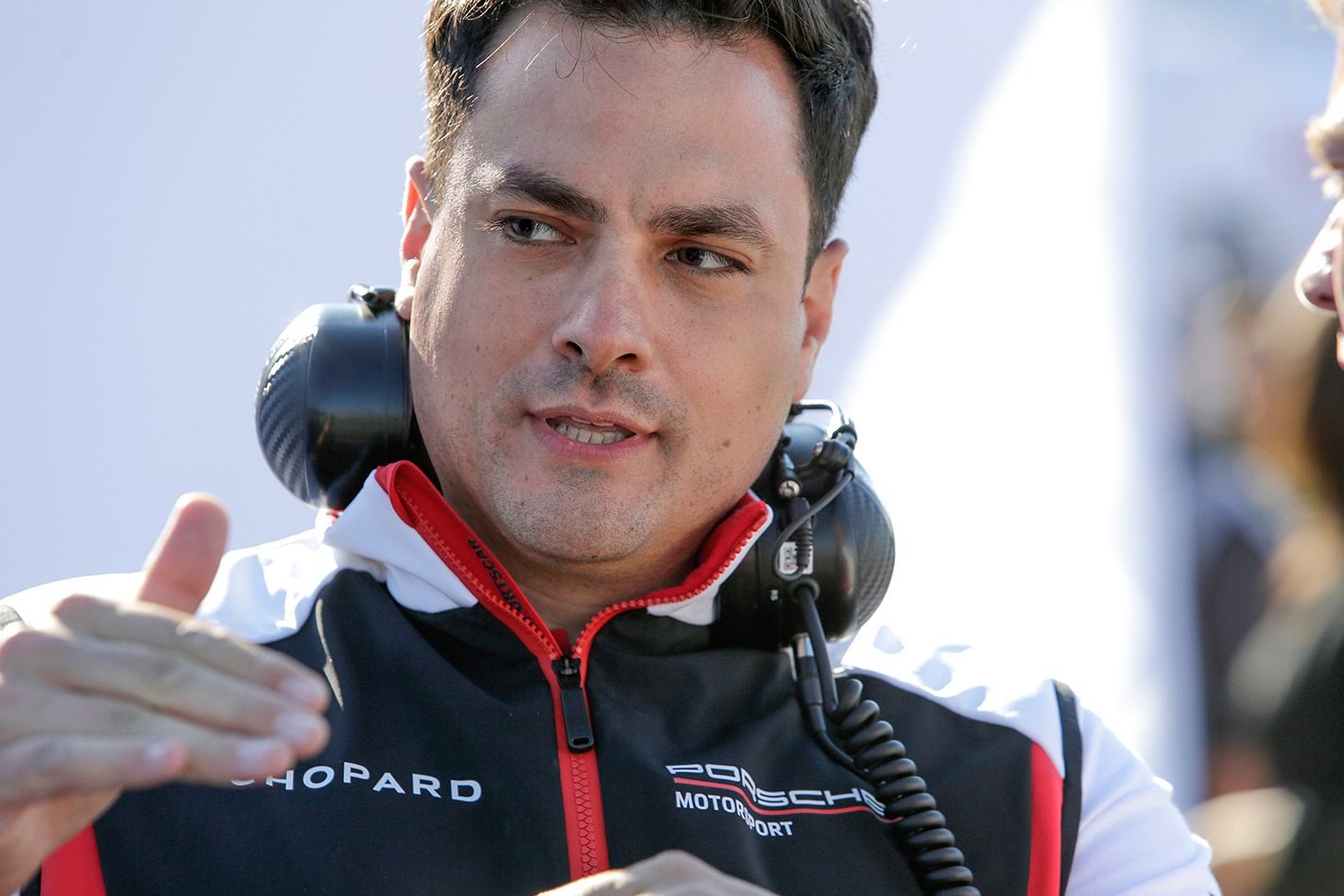Stephen Mitas is probably an unfamiliar name to you. As a motorsport engineer, he’s usually toiling away in the background, far from the limelight, but here’s why you should know him: Mark Webber, Peter Brock, Robert Kubica, Timo Bernhard, Sebastien Vettel, Jacques Villeneuve, Daniel Ricciardo, Nick Heidfeld, Brendon Hartley, Marc Lieb, Rick Kelly, Nico Hulkenberg, Nick Tandy, Jean-Eric Vergne, Cameron McConville, Romain Dumas. These are just some of the drivers Mitas has worked with in a 20-year career that has propelled him to the very summit of the motor racing world.
Melbourne-born and bred, 41-year-old Mitas sat down with MOTOR over a (very long) lunch during a visit to his home town, and told the story of how a car-mad kid went from voluntarily twirling spanners on a Formula Holden to calling the shots for Porsche’s 919 Le Mans program, with stints in NASCAR, Supercars and F1 along the way.
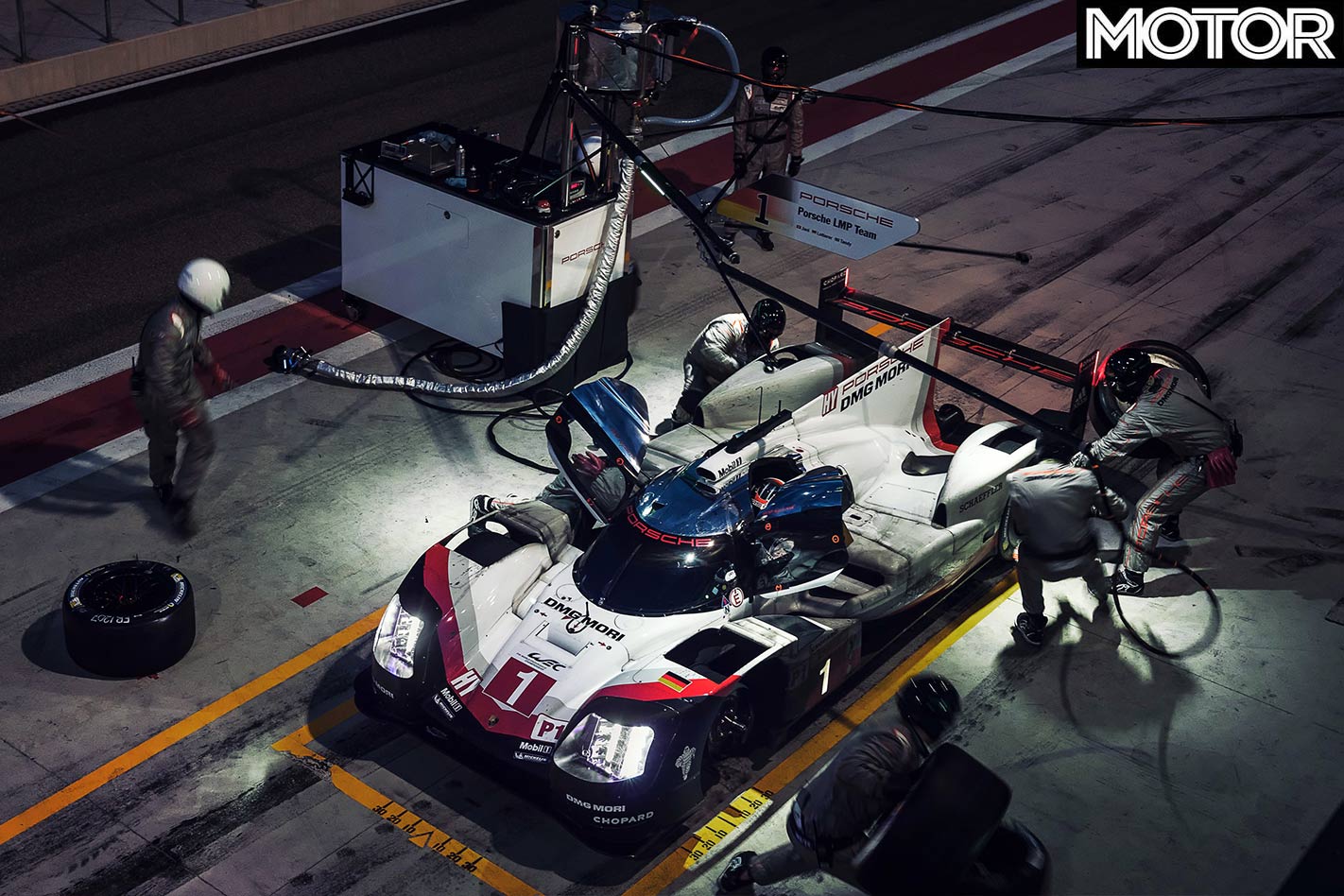
With a quick smile and a confusing accent that betrays an adult life largely spent abroad, Mitas looks too young to have spent almost two decades in racing, but explains that the bug bit early.
“Like most kids growing up in Australia, I was obsessed with cars: Ford, Holden, Peter Brock, Bathurst. As I got older the racing thing became more interesting because it was on telly, and the whole Peter Brock story. The [Bathurst] race in ’87 still rings in my ears today; that race for me was phenomenal. Slick tyres, wet track, catching the Sierras, and I remember Brock was doing interviews [from behind the wheel], one hand out the window, sliding all over the place. For me that was like a light switch – how is that even possible?”
While studying mechanical engineering at RMIT, Mitas began his attempts at emulating Brock’s heroics. “During university I became more and more interested in cars and racing, and I built a Mk I Escort rally car in my parents’ garage. It was more difficult than I expected; not the driving side, but the financial requirements to keep it going. It was a Kent 1.3 with a crank and bore job out to 1.6; it was a bit of a Frankenstein because every piston was from a different engine, but it was a quick little thing. It produced something like 140bhp, weighed 750kg, welded diff. I had rally tyres on it the whole time. I drove it to school every day and raced when I could. My girlfriends at the time hated it.”
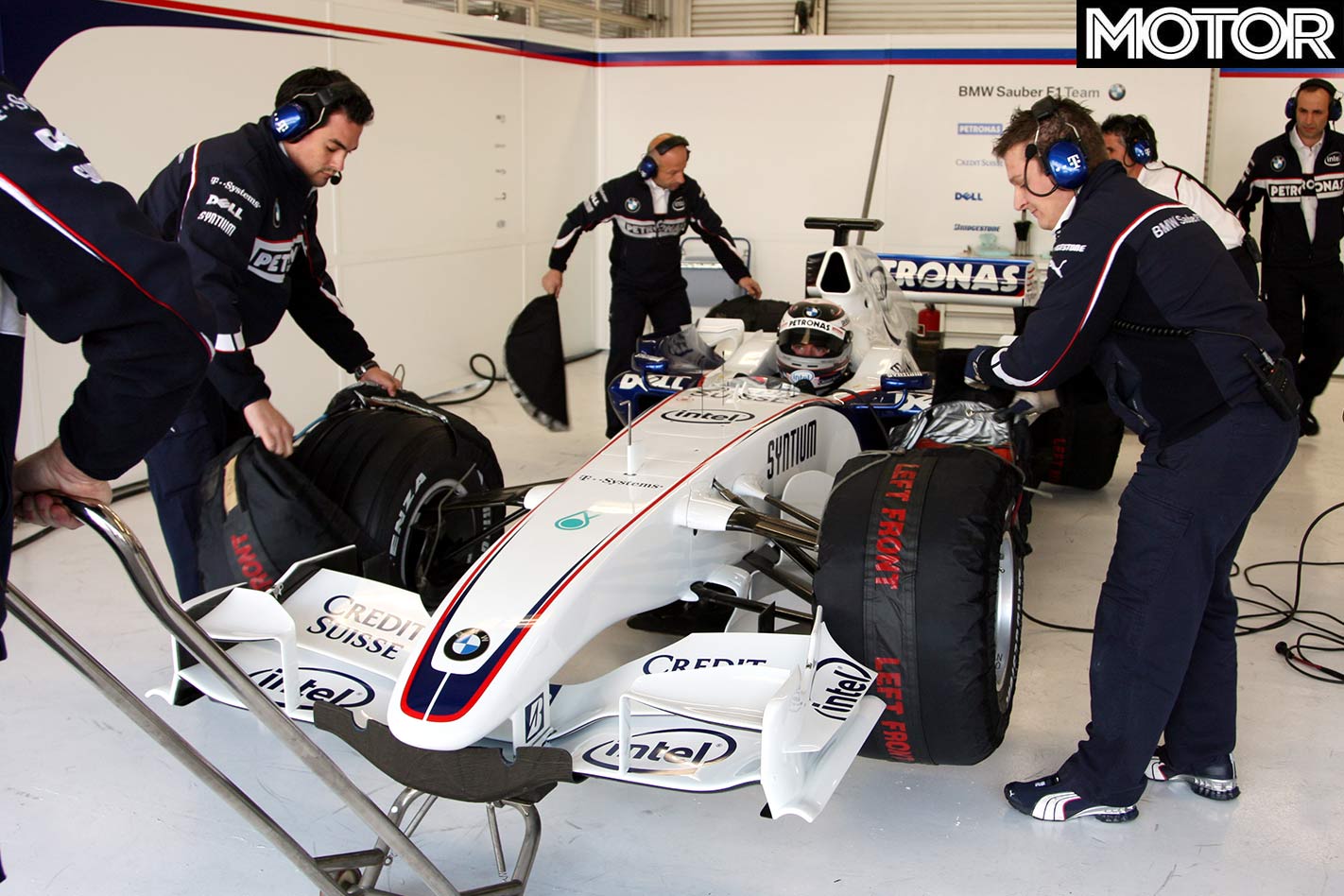
While studying, Mitas volunteered as a mechanic with the Greg Murphy Racing Formula Holden team and was quickly promoted to data engineer. “I didn’t have any skills, I was just the engineering student, so they said ‘you know how to turn on a computer’ and it just snowballed from there. The program was not very well funded but I learnt a lot, I got to go to New Zealand and did all of Australia.”
The experience led to an offer from the Rod Nash V8 Supercars team, where Mitas, now in his final year of university completing a thesis on lap-time simulation, was employed as a data engineer. The team’s full-time driver was Craig Baird, but for the enduros the team was rebranded Team Brock, with Mitas’s childhood idol joining Baird for Bathurst.
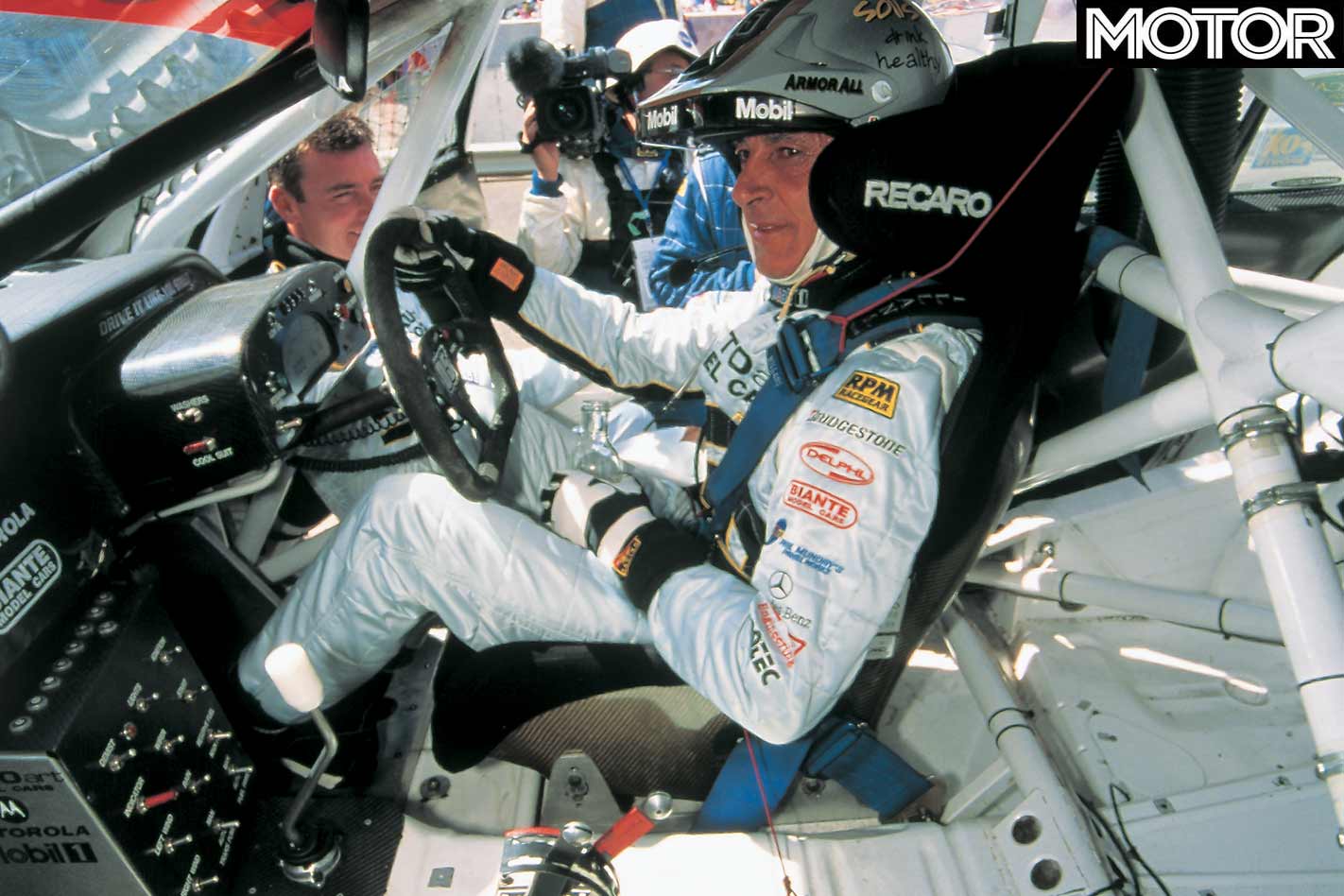
“That year as a data engineer with him, he was at the end of his career, but it was still something special to see him in action. He was, still is, one of the best drivers I’ve had the good fortune to interact with. Maybe his performance was not at the top [then] but he knew his art very well; he could tell you stuff that was going on in the car that you couldn’t measure.
“There was one event where we were testing and he was complaining about a noise from the rear quarter. The data looked fine, the mechanics looked at the car, all looked fine, and he just kept complaining about the same thing. It ended up being something flapping around; it wasn’t affecting performance, but he picked it, exactly where he said it was and what it sounded like. The guy was a phenomenon; I mean, he could tell you about the power steering and what the curve feels like, it was freaky. I wish I had the opportunity to work with talent like that in his heyday.”
Through his work with Team Brock, Mitas met Claude Rouelle of MoTeC. Impressed with the young engineer’s lap-time simulation work, Rouelle sent him to the United States as a consultant to NASCAR’s Cup teams.
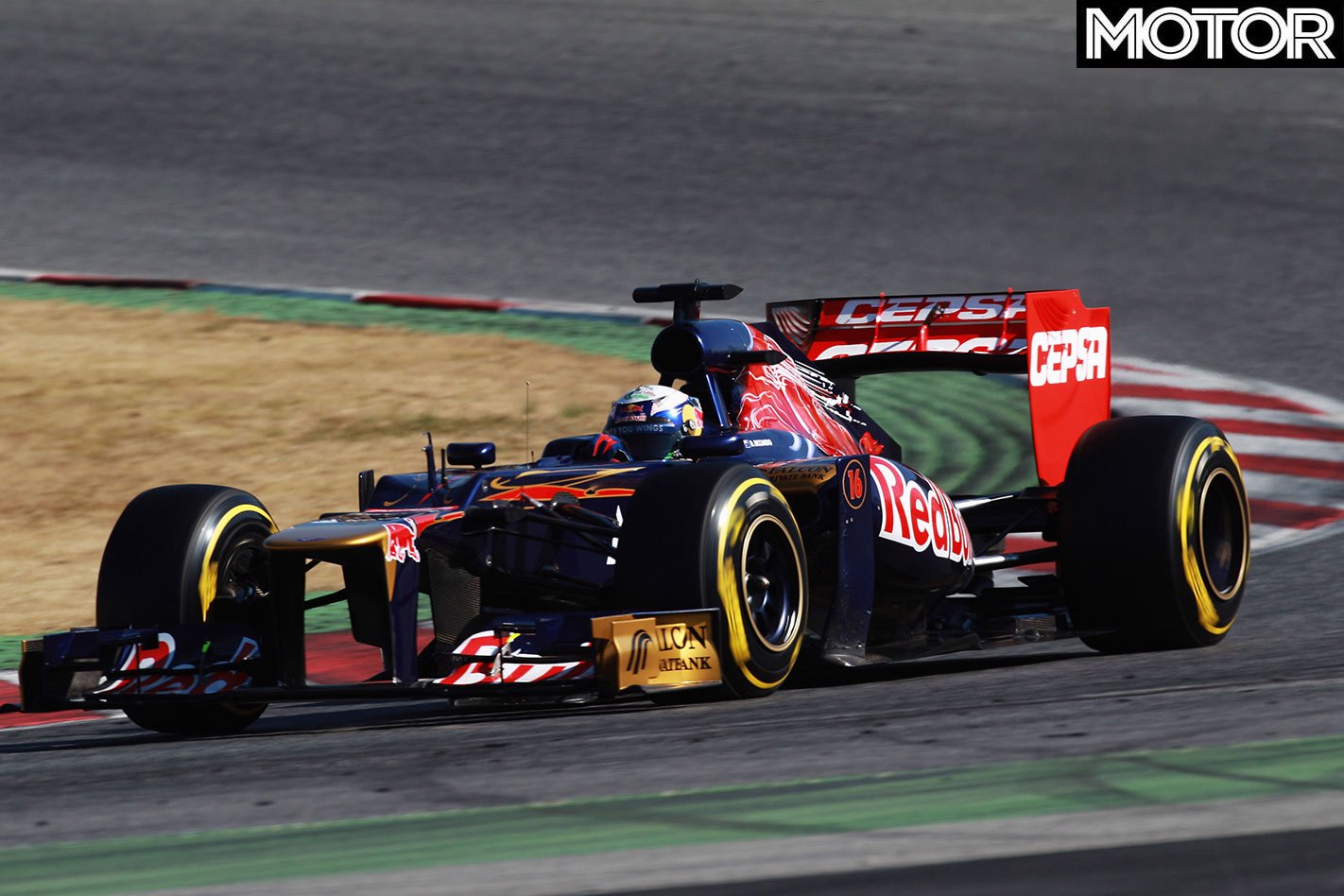
“It was starting to become clear F1 was the target, and the best way to get to F1 was to get some overseas experience. The money wasn’t great, but the whole episode was a fantastic experience. The focus was amazing, [the teams] had such a clear idea of what they were trying to do.”
One-year mission complete, Mitas had no sooner returned to Australia when the phone rang with an offer to be Cameron McConville’s race engineer at Garry Rogers Motorsport. “I sort of fell into that and it was really tough. I had a chief mechanic who was not very accepting of a younger guy, but I can freely admit now that I was too young and inexperienced to be a race engineer in a V8 Supercar team.” It was the year of McConville’s sole V8 win, but the Winton round was the first after Mitas and GRM had mutually agreed to part ways: “One of the guys at Garry Rogers was ex-Jordan F1 and he greased the wheels for me to go over and do a three-month trial.”
Unsurprisingly, transitioning from Winton to Jerez was something of a culture shock. “Like night and day. They had so many sensors in the car and they had worked so long together they had their own language really, all the parts had their own unique Jordan name. I was 25 years old and you’re trying to do the best job so you can become a permanent member of the team, but they had no time to train anyone. Eddie Jordan was about to sell the team, they were on skeleton crew fighting for survival. I remember them asking me something about brake wear and I kept telling them the sensors were broken, but they didn’t want to hear that. I’m the newest guy in the room. I went to the mechanic and said, ‘Can you fix the sensors on the brake caliper?’ The answer was, ‘Who are you?’ After a few months it was okay, but the first few days were shocking.”
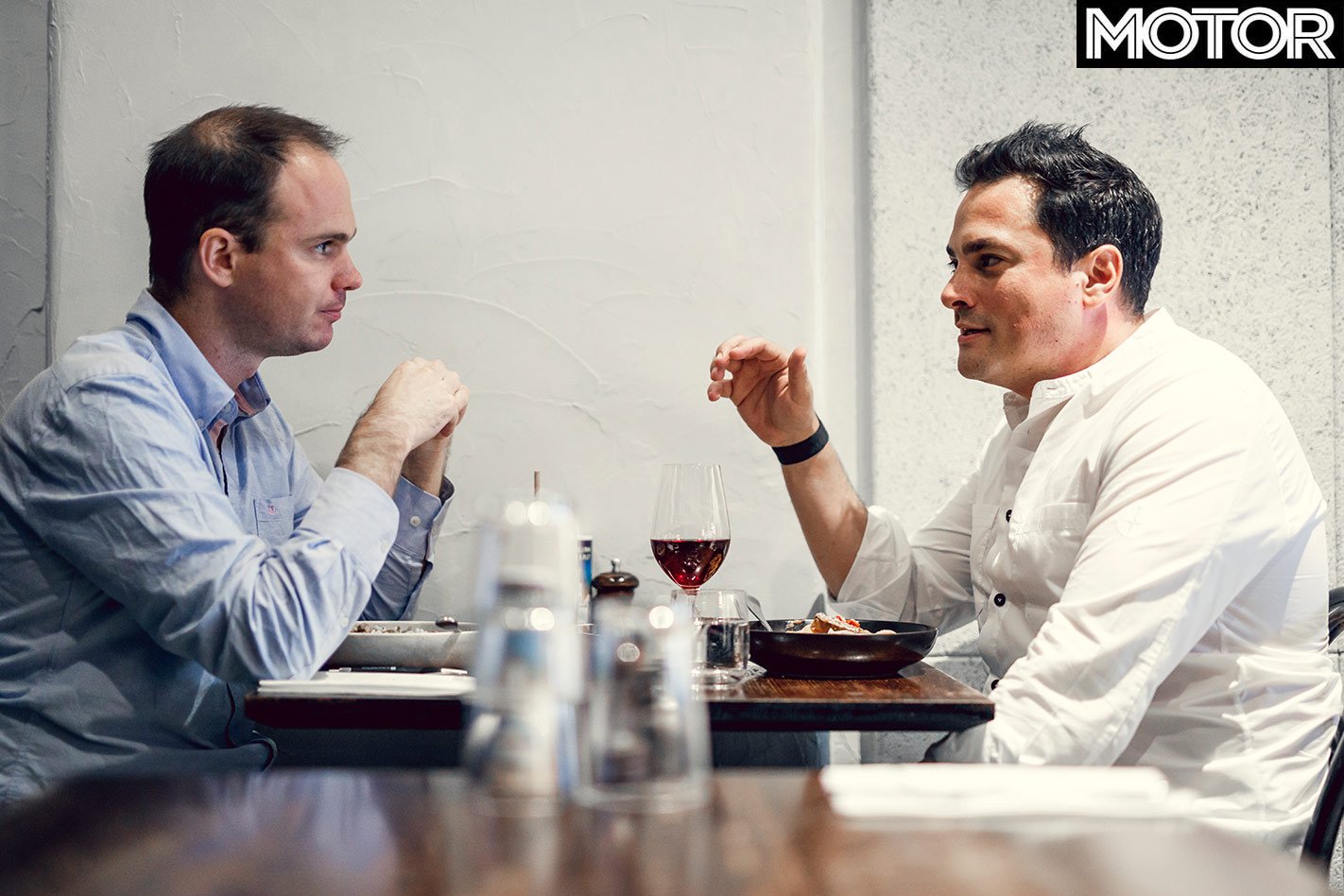
With Jordan in the process of being sold to Midland, Mitas was forced to look elsewhere for the next rung on the ladder and found it in Spain with Epslion Euskadi. Run by F1 veteran Joan Villadelprat, Mitas joined designer John Travis – “cool dude, I learnt a hell of a lot from him” – in designing an LMP1 prototype, the ee1 powered by a 5.5-litre Judd V10. “We finished the car, but it was only raced three or four years later, so we never got to see what it could do.”
Epsilon Euskadi also had a strong single-seater program, running cars in Formula Renault 2.0 and 3.5. “It was crazy, we were living on the beach, working in the hills just outside San Sebastien, racing every other weekend in the World Series. It was marvellous.” The team won the 2005 Formula Renault 3.5 title with up-and-coming Polish driver Robert Kubica. “The number one driver in the team was Felix Porteiro. Ultra-quick, but Robert quickly established himself as a quicker driver. This surprised most people.”
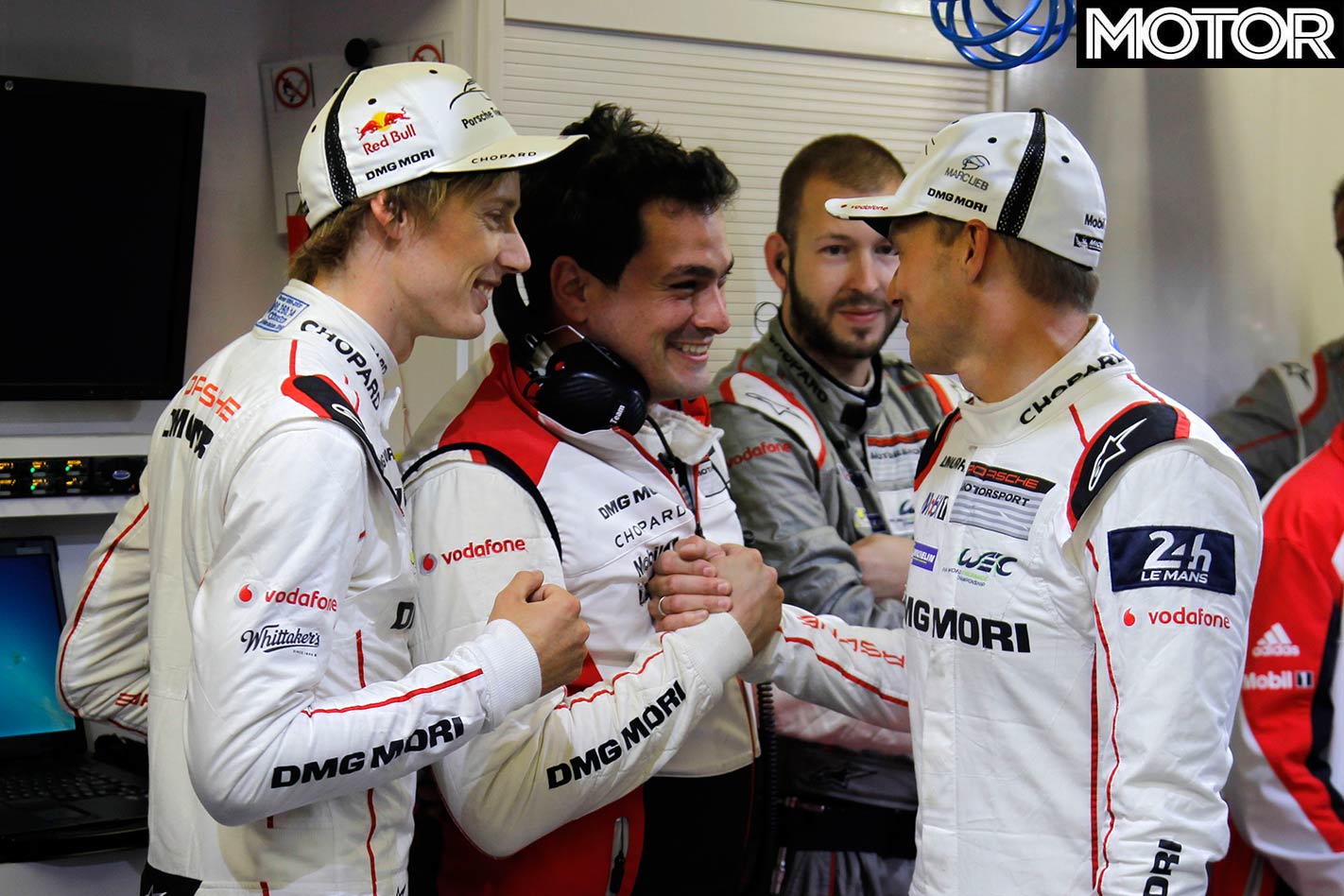
As a data engineer, was it possible to see what made Kubica special? “Seeing if you’ve maximised the performance of the vehicle in the data is quite difficult, because data analysis is primarily comparative. So when your benchmark is exceeded, that’s when you start to wake up and realise something’s happening. You have metrics to give you stint averages and lap averages, and when all these move also you know you have someone special, and the consistency with Robert was the key.”
Big moves were imminent for both Mitas and Kubica, to F1. “I wasn’t really looking for something different but I met a Dutch guy who was working at Sauber. He called me and said they had a job for a performance engineer on the test team. So I quickly ended up in Switzerland working with Sauber.
“In my interview there was the team principal, a couple of the team bosses and chief race engineer. The first question they asked me was about Robert Kubica and if I would give him a job. My answer was obviously yes because we’d just won the World Series, and a month later he was signed; I don’t think I was the reason, but my endorsement obviously helped. We continued working together; I was his performance engineer on the third car on Fridays. I did all the testing and racing that year, I spent over 200 days away from home. It was a whirlwind and you couldn’t really stop to collect your thoughts. But it was the time when the budgets were endless, it was an open tap. 2006-’07 was a phenomenal period of time in my career: testing was not limited, engines were not limited, we built quali cars, and it was the middle of the tyre war. We had Michelin guys permanently installed in the team, so I learnt a hell of a lot about tyres.”
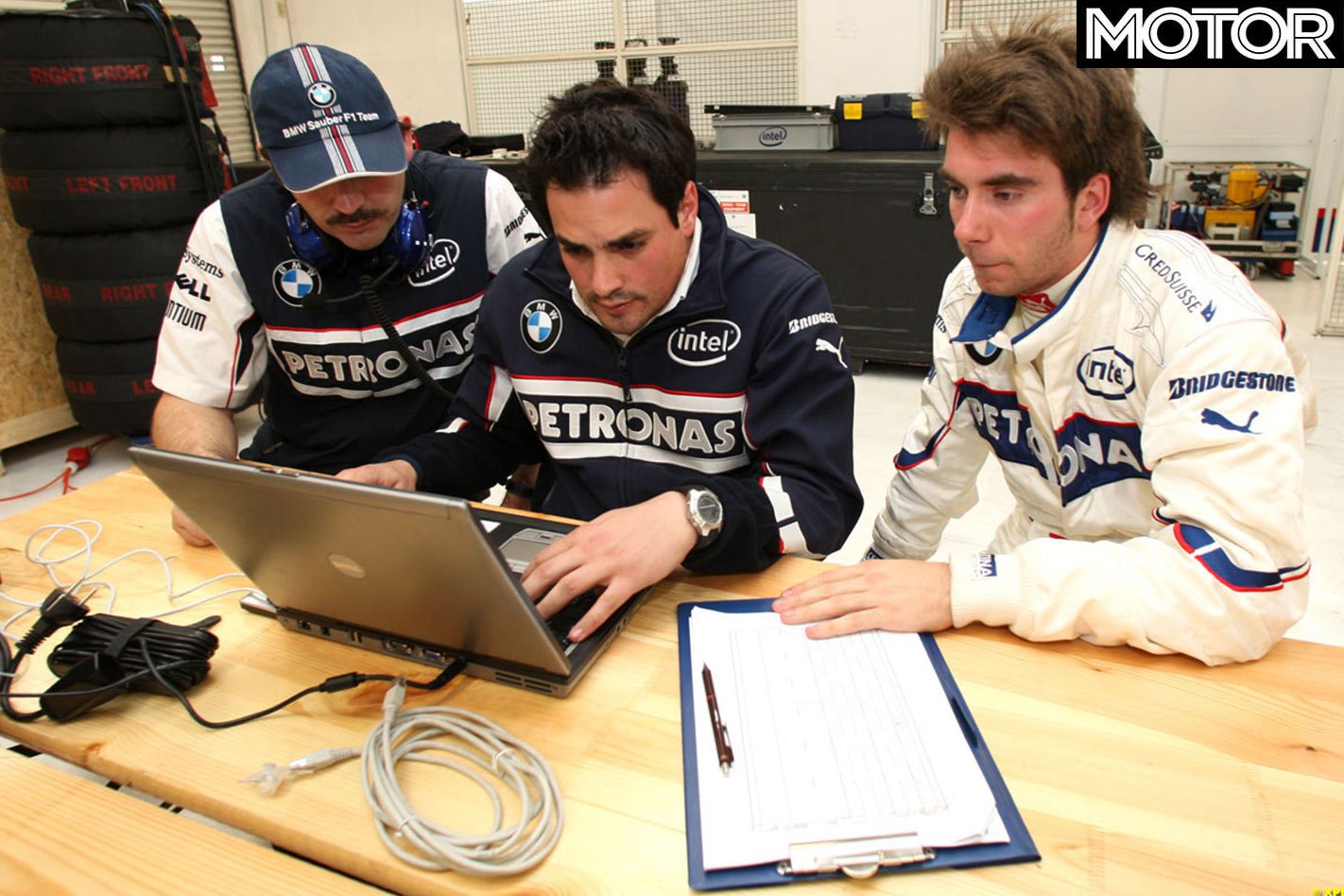
The introduction of 2.4-litre V8 engines for 2006 had slowed the cars on the straights compared to the previous 700kW-plus V10 monsters, but through the corners they were quicker than ever. “The cars were much lighter then. We had less downforce, but the tyres were grippier [and] because there’s nearly 150kg less you could reach ridiculous g-forces. We were tyre testing at Silverstone with Kubica and through Copse we were pinging 7G lateral because he would stay flat. I’ve never seen 7G again.”
BMW’s other main driver at the time was ‘Quick Nick’ Heidfeld, with whom Mitas occasionally had to resort to unusual tactics to get his way: “Testing in Monza in 2006, I’d come up with some set-up in the simulation tool – [Nick] wasn’t keen on trying it. So we made a bet: if he wins he gets to choose his starting set-up for the race weekend, which is a big thing; if I win, I get a day in his [Porsche] 959S. It was a pretty simple adjustment and he went significantly faster.”
The grin on Mitas’s face suggests Heidfeld held up his end of the bargain: “He did deliver. It wasn’t a day, it was maybe two hours, and he sat in the passenger seat, but I did get to drive that thing. It wasn’t as quick as I expected, but it was a laugh.”
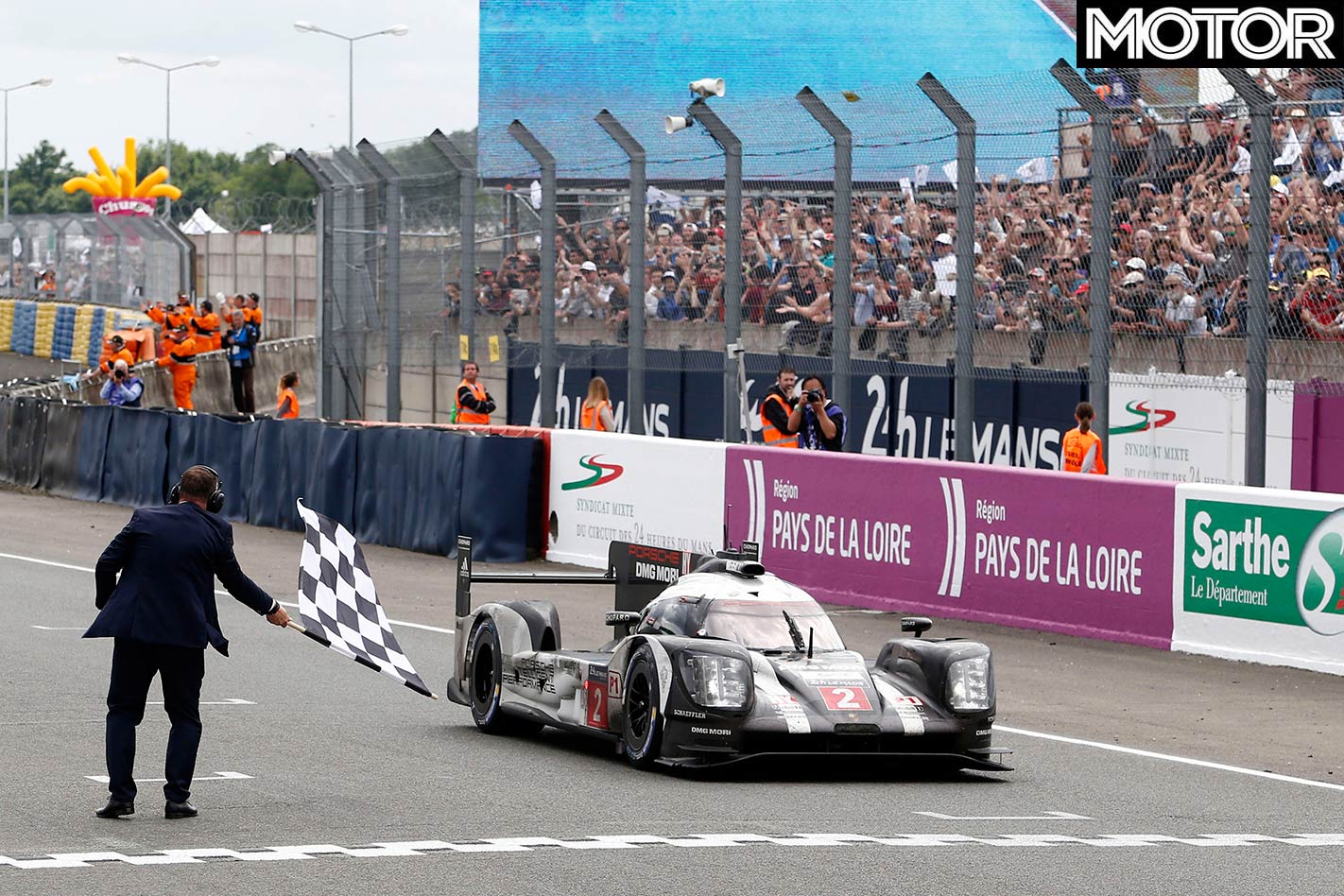
When politics led to Kubica replacing Jacques Villeneuve in the second race seat, BMW’s third driver became a young German named Sebastian Vettel. “He was extremely young and there was still some learning for him to do, but he did an extremely good job and it was abundantly clear he was a guy with a lot of talent. The problem we had was, every time Seb was at the track, Nick and Robert, unbeknown to us at the time, were basically putting in qualifying efforts, and that made the difference between [Seb] and them look more exaggerated.”
Mitas’s final year at BMW was 2009 and the young Aussie was tasked with sorting out the newfangled Kinetic Energy Recovery System (KERS). “We had a hell of a lot of problems with the implementation, so they said, ‘Look, your job is to map this system so the drivers can actually drive it.’ We raced it for three or four races until they realised the system was so heavy that we junked it, but hindsight is a wonderful thing, you’re always smarter afterwards.”
During this time Mitas met two people who would prove important to his future, Fritz Enzinger and Andreas Seidl, but when BMW pulled out of F1 at the end of 2009 it was time for a new challenge.
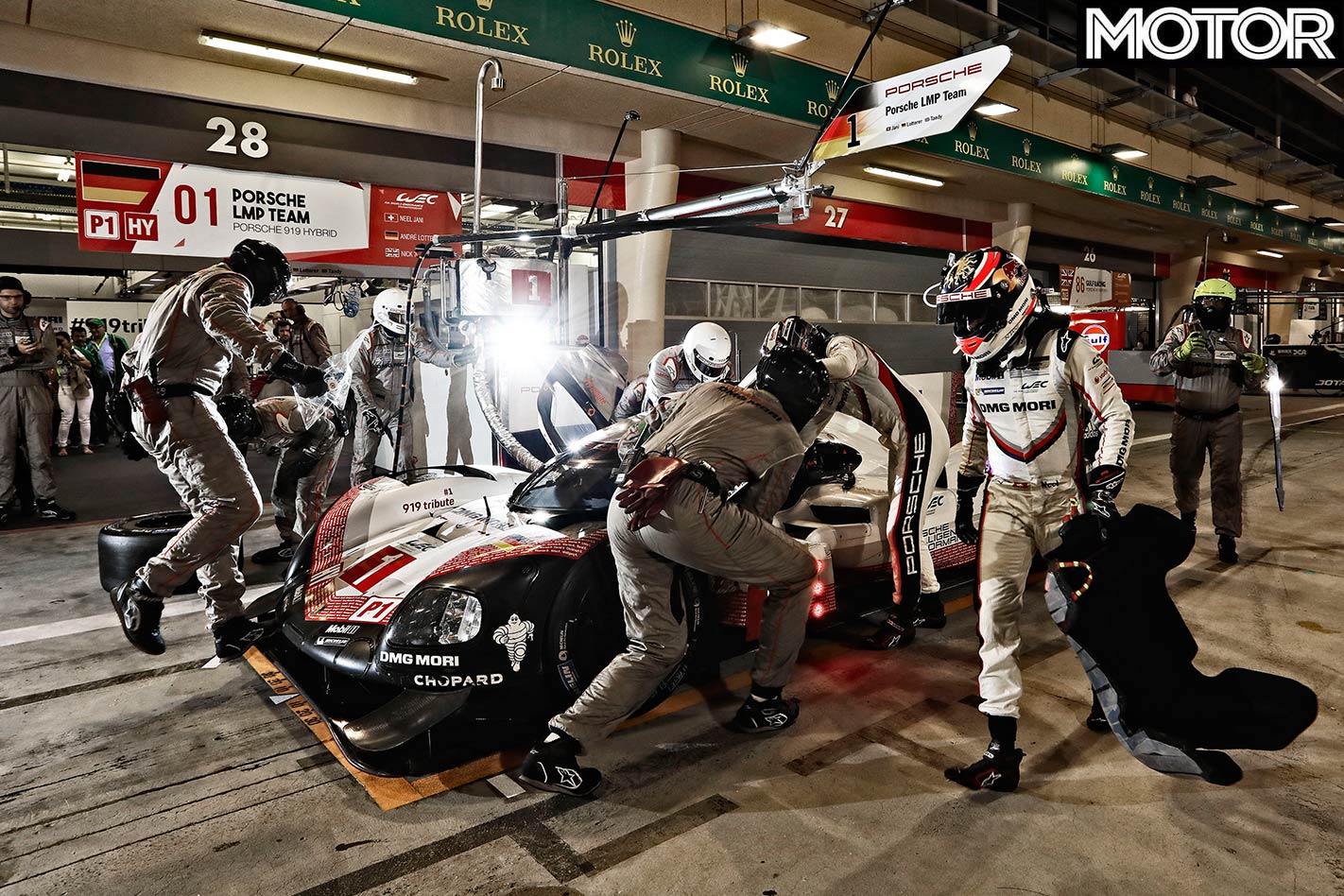
A short and eventful stint helping the new Hispania Racing Team filled time before starting a new role as a simulation and analysis engineer at Red Bull Racing. “It was a bit of a step back, but testing had just been banned so, as a race and test engineer, life was going to become a lot more difficult.
“Vehicle simulation was the next frontier for F1. We started the whole simulator revolution at Sauber; it was very basic, but that changed very quickly with money and extra resources. [Red Bull] was a lot more advanced; we had two simulators – a customer simulator and then this custom-made unit.”
However, team drivers Vettel and Webber weren’t quite ready to embrace the revolution. “Mark is a little bit old school in some of his views, and Sebastian found it a disadvantage to use the simulator before an event. He didn’t want to have to relearn a different car, and getting into the simulator is fundamentally driving a different car. I found this issue also with Neel Jani; I think these guys rely heavily on the yawing of the car, that’s something that simulator didn’t replicate very well. In the off-season [Seb] was more relaxed and happy to help.”
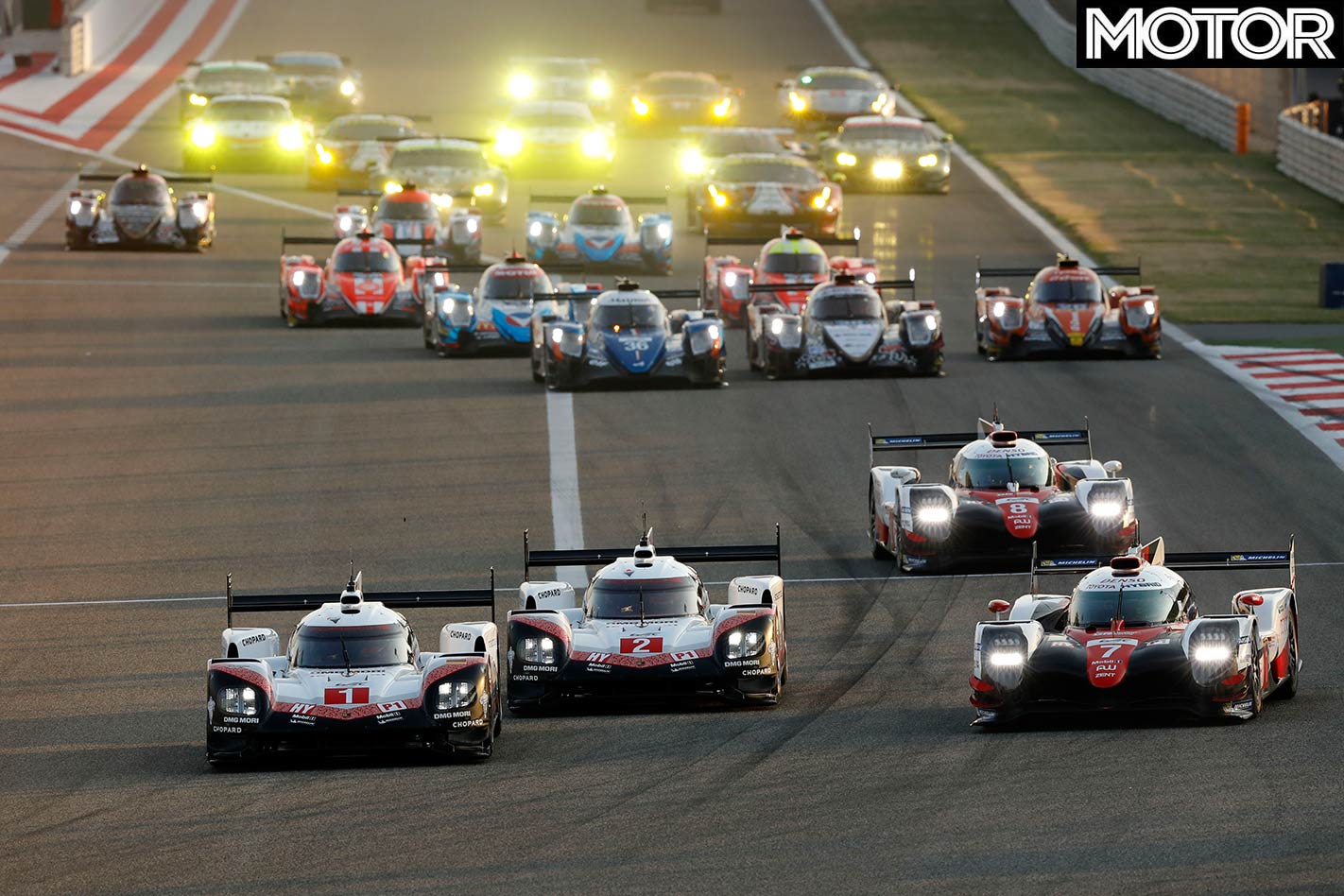
Mitas is uniquely qualified to answer the question most Aussie F1 fans want to know: who was better, Webber or Vettel? “One thing I could say is that Vettel was always stronger in slow-speed corners, blown diffuser or not, and Mark tended to be a bit stronger in high-speed corners. Most racetracks have a bias from a lap time point of view towards being better getting off a slow corner than a fast corner and I think this was fundamentally the difference. We’re talking very small differences because overall they were lineball; I wouldn’t say Seb was quicker than Mark or vice-versa. Mark was a crazy guy because there were some tracks where he was god; in some of the high-speed corners he did things which were like, “Geezus, are you sure?” But I think he let the whole Helmut Marko/Vettel thing get under his skin.”
It fell to Red Bull’s juniors to do most of the sim work: “We had Brendon Hartley, Jean-Eric Vergne and Daniel Ricciardo. Dan on the simulator was really, really good because his consistency was something we could harness. He was nearly robotic, and his feedback was always high quality.”
The relationship continued when Mitas became Ricciardo’s race engineer at Toro Rosso during 2013: “One of the most analytical drivers I’ve come across. He’s ultra-focused.”
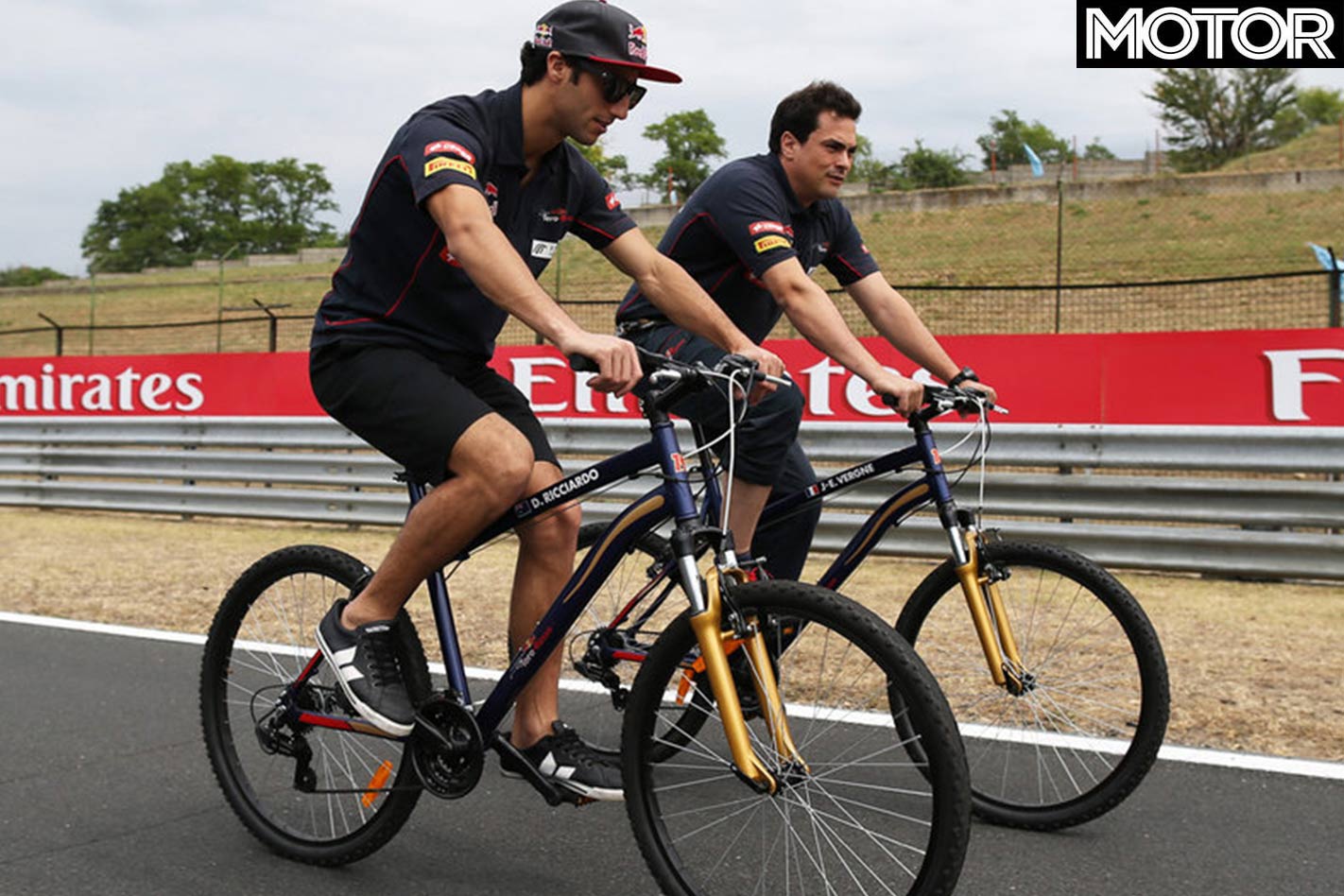
A year later Ricciardo graduated to the main Red Bull team and Mitas made his biggest career move yet, to Porsche’s LMP1 program. Fritz Enzinger was now vice-president of Porsche Motorsport and recruited Andreas Seidl as team principal, and he in turn recruited Mitas as race engineer for Car 20 driven by Webber, Hartley and Timo Bernhard, later becoming chief race engineer.
History shows the success of this program: three straight World Endurance Championships and Le Mans 24 Hour wins between 2015-2017, but when Mitas joined the team in early 2014 success was far from assured.
“The amount of problems they had with the powertrain was so great when they were testing in ’13, the car would run 50km before they had a problem. When I arrived, operationally the team was so new they didn’t even know how to run the car. The race team was unestablished, we had no tools, most of the guys involved were pretty green, and it was tough, but probably the best opportunity I’ve had. The nice thing about Porsche was it was the beginning, so you had pretty much a clean sheet to define your role.”
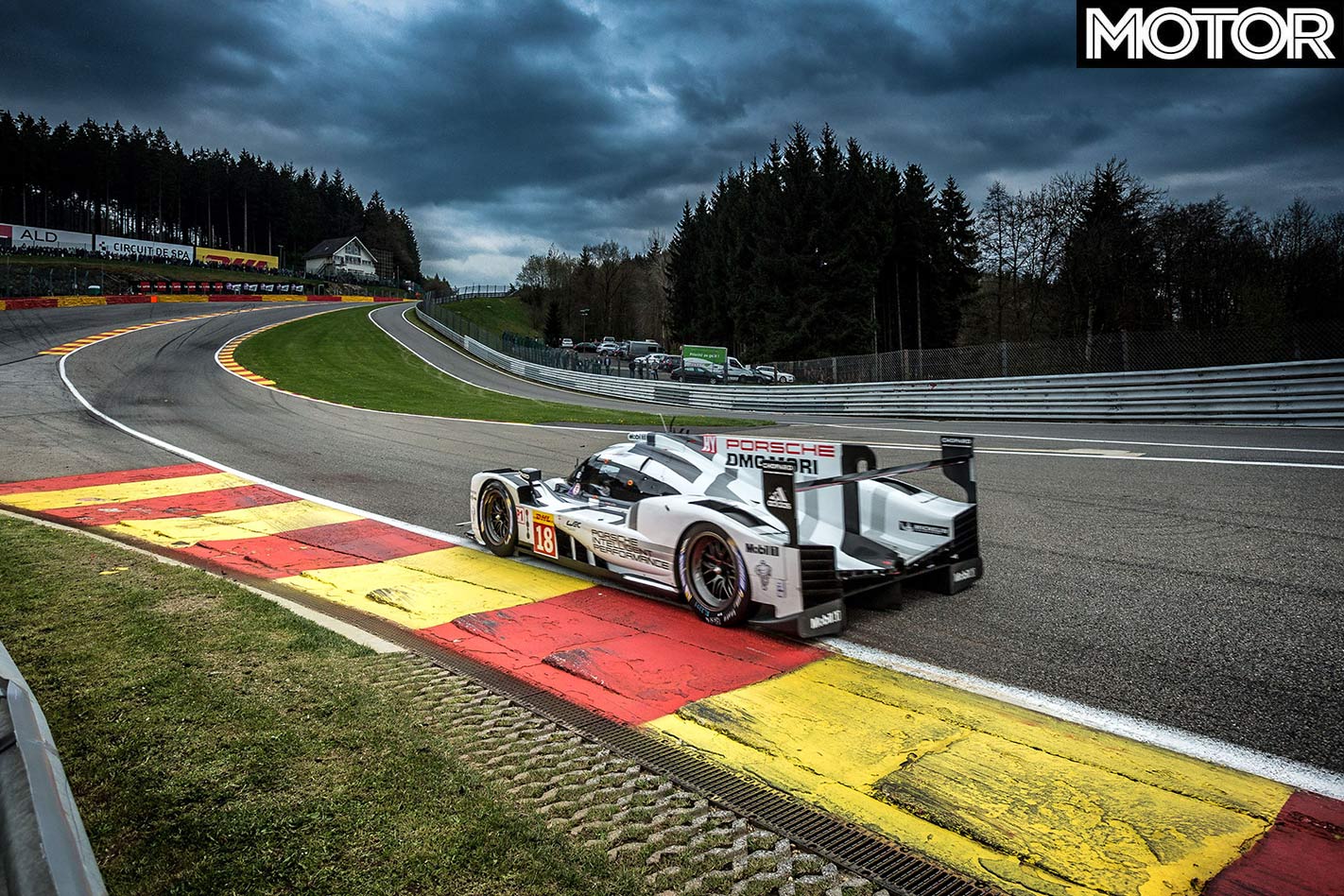
Were there moments he thought he couldn’t solve it? “The only time you can’t solve problems is when the car doesn’t run, and for sure we had many sleepless nights where the car was not running, but you just need to work through [problems]. Mark Webber was extremely good at the beginning helping preach that message. He kept telling the team, ‘Keep focusing on your next stroke, it’s a long race.’ He kept talking about endurance swimming for some reason.”
The tiny IC engine proved troublesome. Its V4 layout created significant vibration issues and extracting 373kW from two litres led to drivability problems. “We didn’t have an e-turbo for reliability at Le Mans, so engine response was difficult, and then you had an e-motor with instant response on the front axle, so in ’14 you could do a full burnout with the front axle [before the rear responded]. Getting all this to work together was a huge challenge and the learning curve was very steep.”
The 919 Hybrid made its debut at Silverstone in 2014. “Qualifying was a bit of a mess because it’s the first race and we were struggling to test consistently, so we couldn’t prepare the race team in the right way. We were running in fifth and sixth; the Toyotas and the Audis had buggered off and we had LMP2 cars snapping at our heels, but then it started raining. We didn’t have any strategy guys or support guys, and Andreas gets on the radio and goes, ‘Stephen, what are you going to do?’ ‘I’m going to put wet tyres on!’ (Laughs.) This is the level of conversation, and at the last minute I switched to inters, which happened to be fortuitous because we ended up on the podium.”
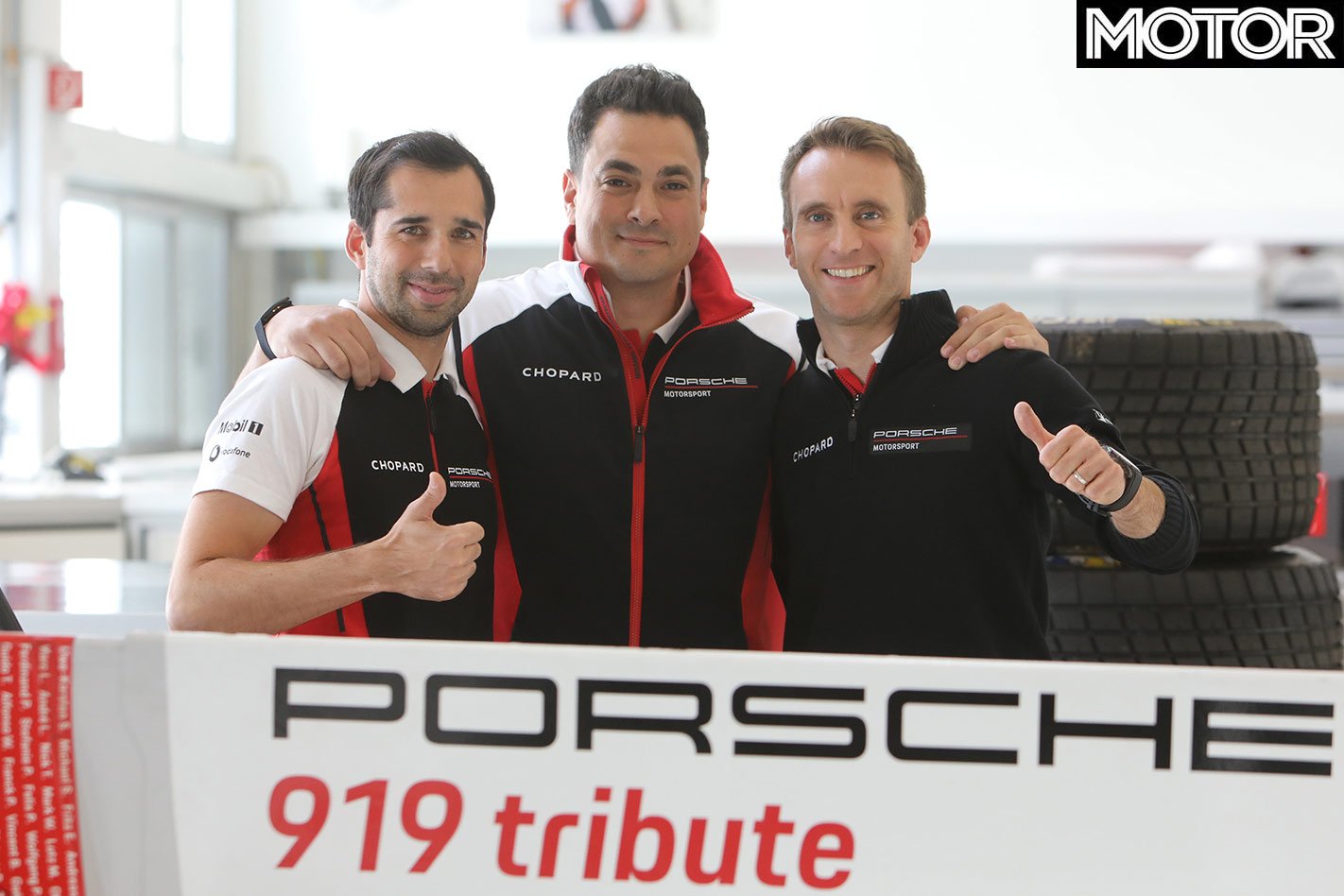
Le Mans 2014 brought further struggles. A broken anti-roll bar early in the race made Car 20 a handful, but a combination of set-up changes, clever strategy and Herculean driving by Webber, Hartley and Bernhard had the car leading with two hours to go, when the engine expired.
Bernhard himself picks up the story: “We managed to have a smart race and were leading until the engine blew. We were all really down. [Stephen] came to us and said, ‘How you guys wrestled that car over 22 hours will always be one of my highlights and we did the most of what we could do.’ That describes the character he has: a top guy and a true racer.”
Back to Mitas: “In WEC you are lucky because you have more than one driver. When I started I thought this was a bad thing, but I came to realise that three guys in the same car, you’ve instantly got two driver coaches, then you’ve also got a driver’s perspective on each decision you make without having to interrupt the guy driving. It was a sensational advantage and something we relied on constantly.”
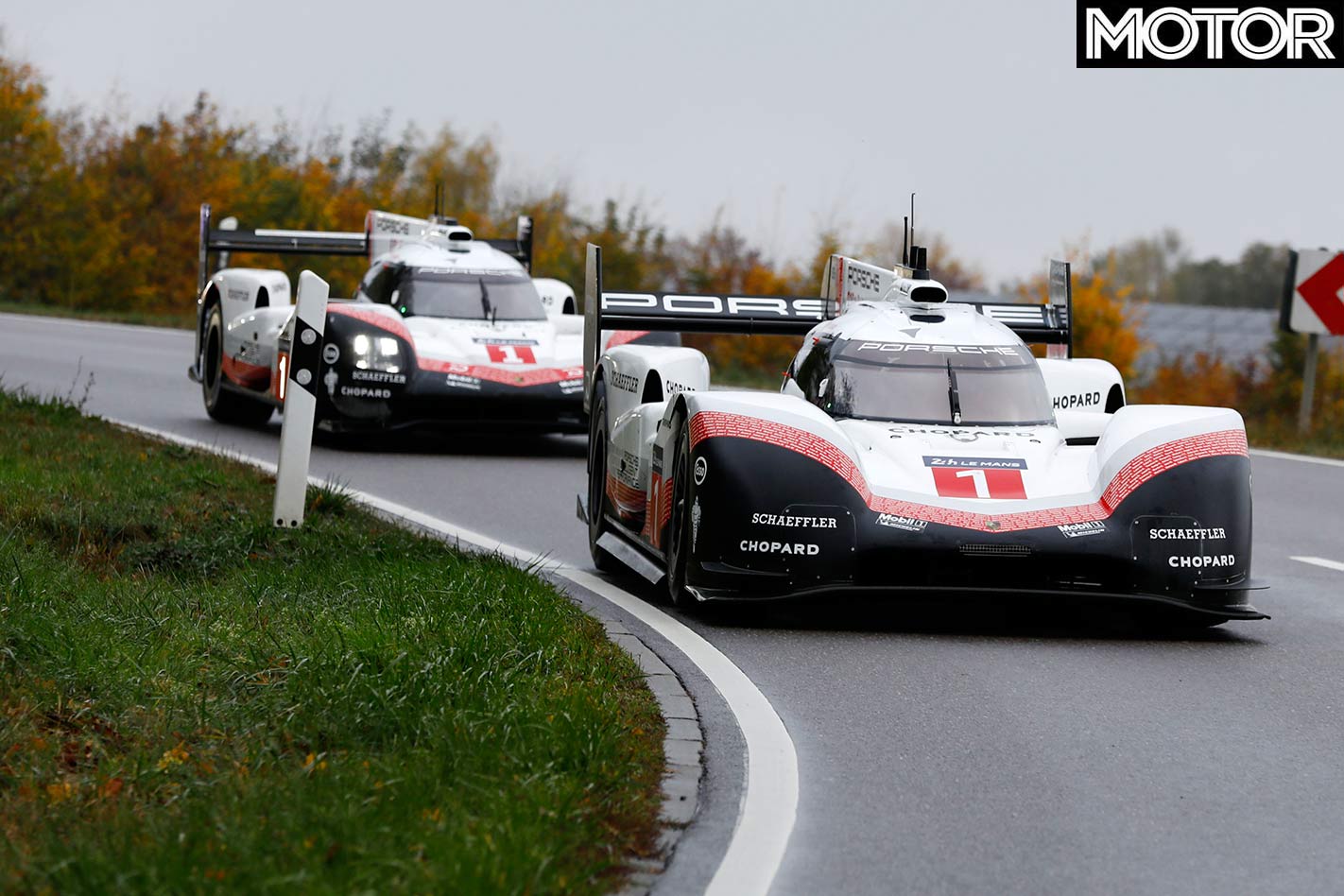
A year later Porsche secured its first Le Mans win in 17 years, albeit from an unlikely source, Car 19 driven by a prototype debutante (Nick Tandy) and two Le Mans rookies (Nico Hulkenberg and Earl Bamber). Mitas remembers: “We had two issues in Car 19 with two safety cars where we got pushed to the back of the pack. Then we sort of unleashed them to try and compensate; they ended up running quali lap, quali lap, quali lap and through the night they were taking so much risk in traffic. We didn’t care because it was the third car, so you could just go for it. By about one o’clock in the morning, we were so far in front I thought, ‘S**t, maybe we should dial it back a little bit?’ It was, from a pure performance point of view, the greatest thing I’ve ever seen.”
Porsche ceased its LMP1 program in 2017 after three years of dominance, but Mitas wasn’t done with the 919 Hybrid, becoming project leader for the record-breaking Evo program. Freed from regulations, power increased from 665kW to 854kW, weight reduced to 849kg and the aerodynamics were revised to generate 50 per cent more downforce. Neel Jani lapped Spa in 1min41.77sec, 12sec quicker than the regular 919’s pole lap that year and 0.783sec quicker than Lewis Hamilton’s 2017 F1 pole lap. Bernhard then smashed the outright Nurburgring lap record, his 5min19.546sec run blitzing Stefan Bellof’s 34-year-old 6min11.3sec benchmark.
Going into detail on the Evo could fill this magazine, but talk to Mitas about it and the most amazing thing isn’t how quick the car was but how much faster it could have been. “I think time was the biggest [restriction], but also we wanted to demonstrate what we could do with an LMP car. We didn’t really change any of the fundamental parameters on the powertrain, the monocoque was the same; it was like a GT3 RS version of the 919 if you like, and it was done in a relatively quick way to mimic the whole process. For sure it needed a big wheel and tyre package, but that would’ve required new uprights, probably new brakes, new wheels and then it’s not an LMP car anymore.”
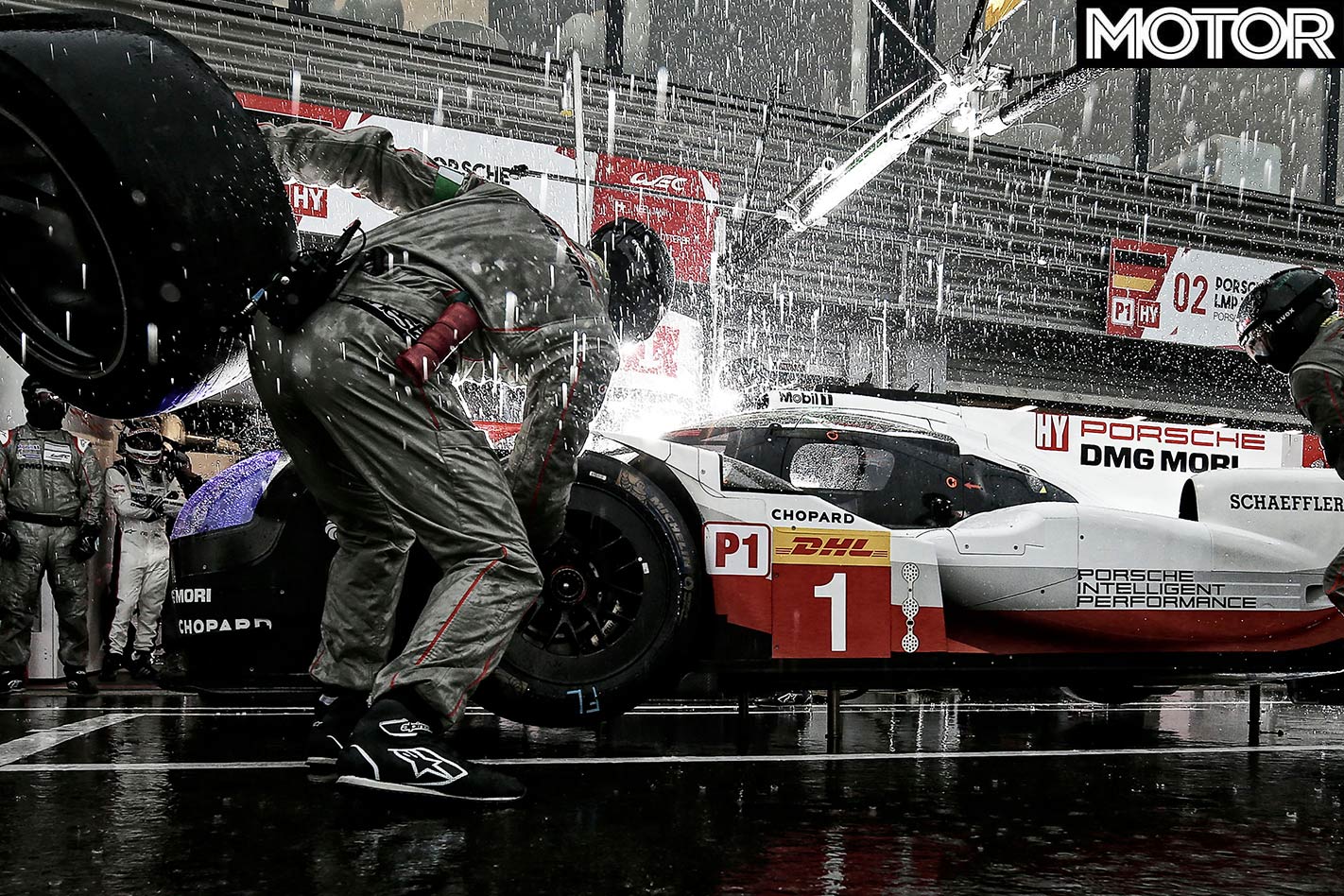
Tyres were the Evo’s biggest limiting factor, the standard WEC slicks run at 42psi (50 per cent higher than normal) to cope with the immense downforce. So great were the loads that at Spa Jani took Eau Rouge with DRS open! “I was quite nervous about that. We did it to make sure we didn’t have too much pressure in the tyre. The higher the pressure the less grip you have because the contact patch is smaller; because [the Evo] had so much downforce the tyre was undersized for the vehicle – it’s a bit like a V8 Supercar in that regard. With lower pressures and a bespoke construction, the car would have been significantly faster.”
The top speed of 369km/h was the limit of the standard front axle ratio – 400km/h was possible with a taller diff – and, strange as it may sound for a car with 1000kW/tonne that’s capable of 0-200km/h in 4sec and 0-300km/h in under 8sec, power was also constrained. “The turbo was quite a small unit – you couldn’t jam enough air in it. With a big turbo from an old F1 car, for example, the number would have been what you want, basically.”
Even as it was, Mitas admits the Evo didn’t realise its ultimate potential at the ‘Ring: “The tyres weren’t working as well on the record run day; it was a bit warmer than we anticipated, but also the risk/reward on the Nordschleife… it’s one of the reasons we put Timo in the car, because he manages that very well. We went as far as we were comfortable doing on the day, but you weren’t necessarily at the limit of the vehicle.”
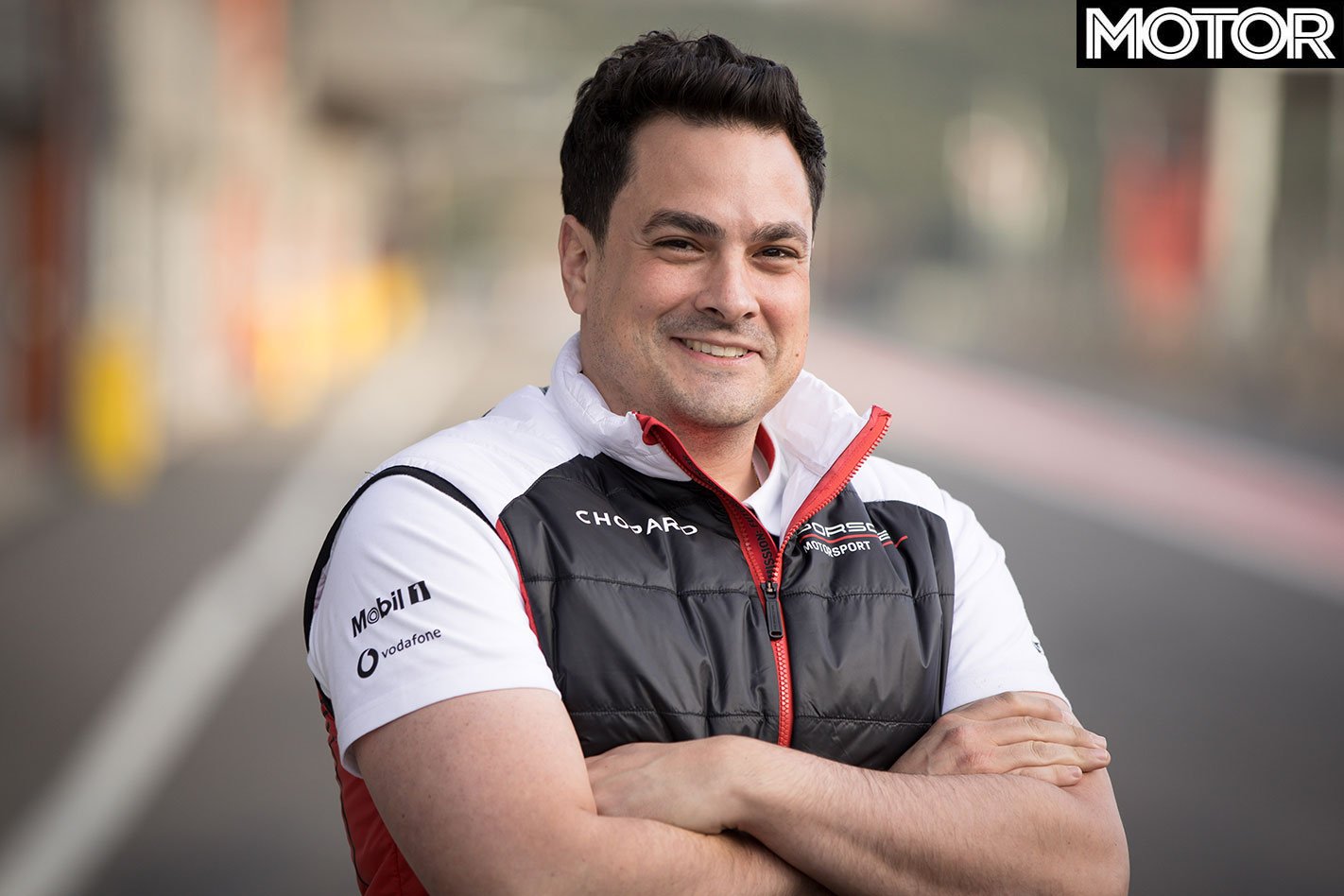
Not the vehicle, but possibly the driver, Bernhard losing his reference points due to tunnel vision in certain parts of the circuit thanks to the otherworldly acceleration: “After the lap [Stephen] came and told me, ‘That was a lap of the gods today,’ which made me proud,” Bernhard says.
Today Mitas, along with many other engineers from the LMP1 program, are now working in Porsche’s road car division. He continues to toil away out of the limelight, but who needs fame when you have a toy cupboard full of GT models to play with and a stretch of unrestricted autobahn on the daily commute? Any guesses as to what projects he might be working on are met only with a smile, but if the past 20 years is anything to go by, the end result will be something pretty special. Big thanks to Evolve Driving for its assistance with this story.


